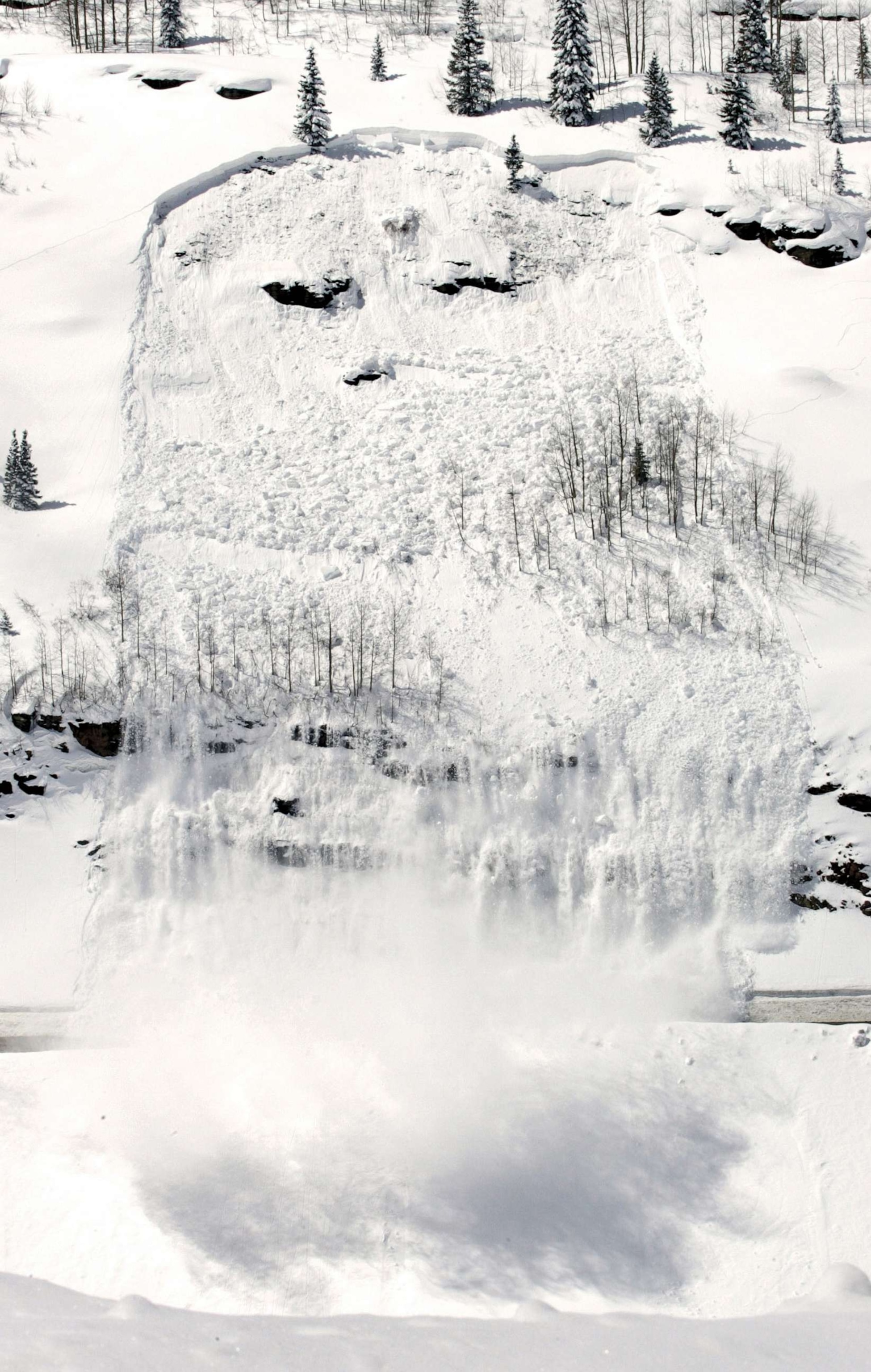Avalanches have become deadlier. Experts explain why.
The 2020-2021 avalanche season was the deadliest in recorded U.S. history.
According to the Colorado Avalanche Information Center, the 2020-2021 avalanche season was the deadliest in recorded U.S. history, with a record-setting 37 avalanche-related deaths.
That figure is causing some experts to look into whether climate change is a factor leading to such weak snowpack.
Avalanches happen when a large, stable snowpack sits on top of a weaker, less cohesive layer of snow. Loose unstable snow acts like sand on a shuffleboard table, allowing the large cohesive slab on top to slide.

"Avalanches are driven by weather events," Ethan Greene, the director of the Colorado Avalanche Information Center told ABC News. "And we're getting much more knowledge about climate change and its impacts on not just the climate, but weather events themselves."
As the climate changes, weather events that may have been rare in a given area, appear to be occurring more often, Greene said. In 2019, a series of atmospheric rivers penetrated deep into the U.S. bringing heavy, wet storms to a typically drier snowpack in Colorado.

"When things broke they broke catastrophically, and again we saw an avalanche cycle that there's nothing in the records, you know, going back 150 years or so, even close to the number of large avalanches we saw during that event," Greene said.
Another common result of climate change is the general warming of the planet.
In a study done by Climate Central, an independent organization of scientists and climate researchers, 97% of 238 U.S. locations analyzed in 2022 had an increase in average winter temperatures since 1970.

"When conditions happen where liquid water gets into the snow pack and actually breaks those bonds ... then we can get something called a wet slide or wet avalanche," Dr. McKenzie Skiles, a professor at the University of Utah, told ABC News.
"So it's either the lack of bonds or the breaking of bonds that leads to dangerous snow conditions," Skiles said. Both dry slab avalanches and wet avalanches are being impacted differently by weather patterns and warming she added.

While the direct impact of climate change on any given avalanche season isn't a clear picture, what is clear is that more human interaction with the snow can lead to more injury and death caused by avalanches, Skiles said.
"More often than not these avalanches that end up in injury or death, are triggered by the skiers themselves that are accessing the terrain," she explained.

. Skiles said that as the climate warms, and snow coverage declines, winter sports enthusiasts will have less areas in which to recreate, forcing more people into potentially dangerous zones.
With more people heading into the backcountry it's crucial for them to be prepared with information and the proper equipment, Greene said.
"A little bit of education can save your life," he added.



